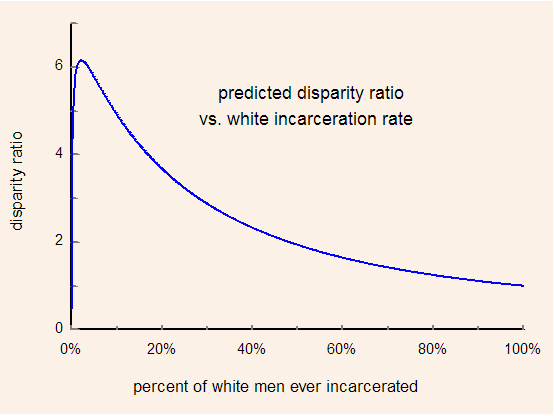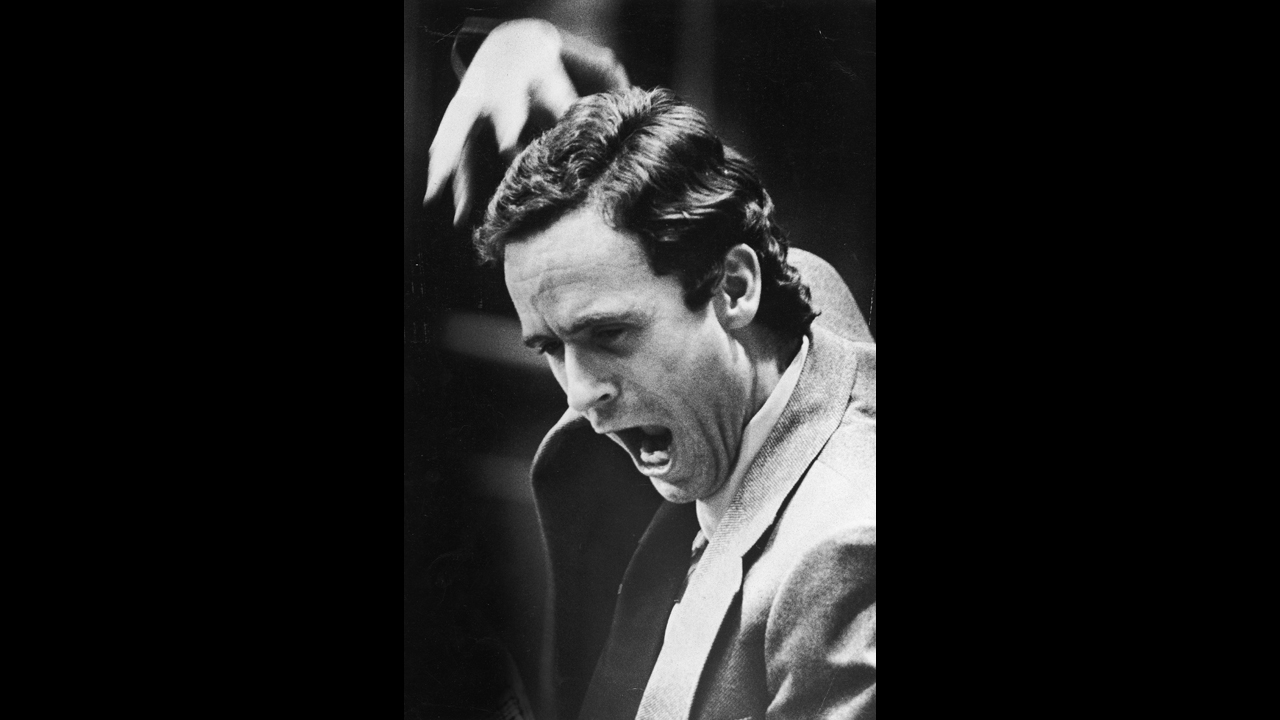

This suggests a murderer with a low level of education and social competence who may habitually use alcohol or drugs. In a disorganized crime scene, things are left in disarray and evidence is plentiful.

This suggests a well-educated and socially competent suspect. An organized crime scene is one in which the killer exerted careful control of the environment and left little evidence behind. Interpreted properly, "it is likely to identify the kind of offender who would do this."Īccording to Scott, the bureau categorizes murder crime scenes as either organized or disorganized. "The FBI would say the crime scene is like a fingerprint," Scott said. To an FBI agent, the crime scene is the key. To support his view, Scott will cite a study that found psychiatrists were more accurate than police in profiling murder suspects.

Such training is important, Scott said, because forensic psychiatrists can play "an important collaborative role" with law enforcement when it comes to profiling. "Often, forensic psychiatrists are not trained in how the FBI does its analysis," Scott said. Instead, it is to acquaint forensic psychiatrists with how the bureau profiles serial killers, defined as someone who has killed at least three times. The purpose of Friday's panel discussion is not to critique the FBI, Scott said. He also serves as psychiatric consultant to the Sacramento County Jail and directs his department's forensic psychiatry residency program, overseeing training and education in landmark mental health law cases. He directs the psychiatry department's forensic case seminar, which trains psychiatrists in criminal and civil psychiatric evaluations, including assessments on insanity, competency to stand trial, personal injury evaluations, medical malpractice and danger assessments. Scott has extensive experience in legal psychiatric issues. The annual conference seeks to cover the major issues facing forensic psychiatrists. Scott, associate professor of clinical psychiatry with the Department of Psychiatry and Behavioral Science, will be one of four panelists in the talk, dubbed "Serial Killers: From Cradle to Grave." It is one of many events slated at the meeting, which began Thursday and runs through Sunday. But it also has some inherent limitations," Scott said. "The FBI profiling method has many positive attributes.

He also will look at alternative profiling methods, such as one developed by a crime writer that uses motive to sketch a female offender's likely character traits. Scott will examine the way the bureau develops the personality profiles used by investigators in serial murder cases. Scott, a forensic psychiatrist at UC Davis Health System, at the annual meeting of the American Academy of Psychiatry and the Law Friday at the Marriott Hotel in downtown Chicago. The cases of Rader and Wuornos are among the topics to be explored during a panel discussion led by Dr. The FBI says there are probably 25 to 50 serial killers among the USA still not caught, although, in the previous paragraph, we can see that the number is probably way bigger than those FBI statistics say.(SACRAMENTO, Calif.) – Dennis Rader, the notorious BTK murderer who eluded capture for more than 30 years until his arrest in 2005, did not fit precisely into the FBI's method for profiling serial killers on the basis of crime scenes.Īnd Aileen Wuornos, the Florida prostitute executed in 2002 for slaying seven men over a two-year period in the early 1990s, didn't fit at all because the database of convicted serial killers used by the FBI in developing their profiling method did not include women.
WHAT PERCENT OF SERIAL KILLERS ARE WHITE HOW TO
They usually learn from other killers' mistakes, so they know how to fool cops, plant false evidence, they have greater geographic mobility, etc.įor example, it is tough to catch truck driver killers since they can easily evade detection because of the locations they are operating in, so it is hard to see a link. How Many Of Them Are Still Not Caught?Ībout 40 percent of the time, killers get away with the murders, and one of the former detectives, Michael Arntfield, believes that the number of active serial murderers is around 3000 or 4000. The murderers usually have their style of killing, and victims probably have something in common like gender, race, demographic profile, or appearance. The most common motives to kill include sexual contact with the victim, but also anger, attention-seeking, thrill-seeking, and financial gain. They usually kill for abnormal psychological satisfaction. Someone who kills three or more people is generally called a serial killer. Still, the authorities and various other sources inform us that there are as many as 50 serial killers operating today. There is no reliable estimate for how many serial killers are on the loose today.


 0 kommentar(er)
0 kommentar(er)
